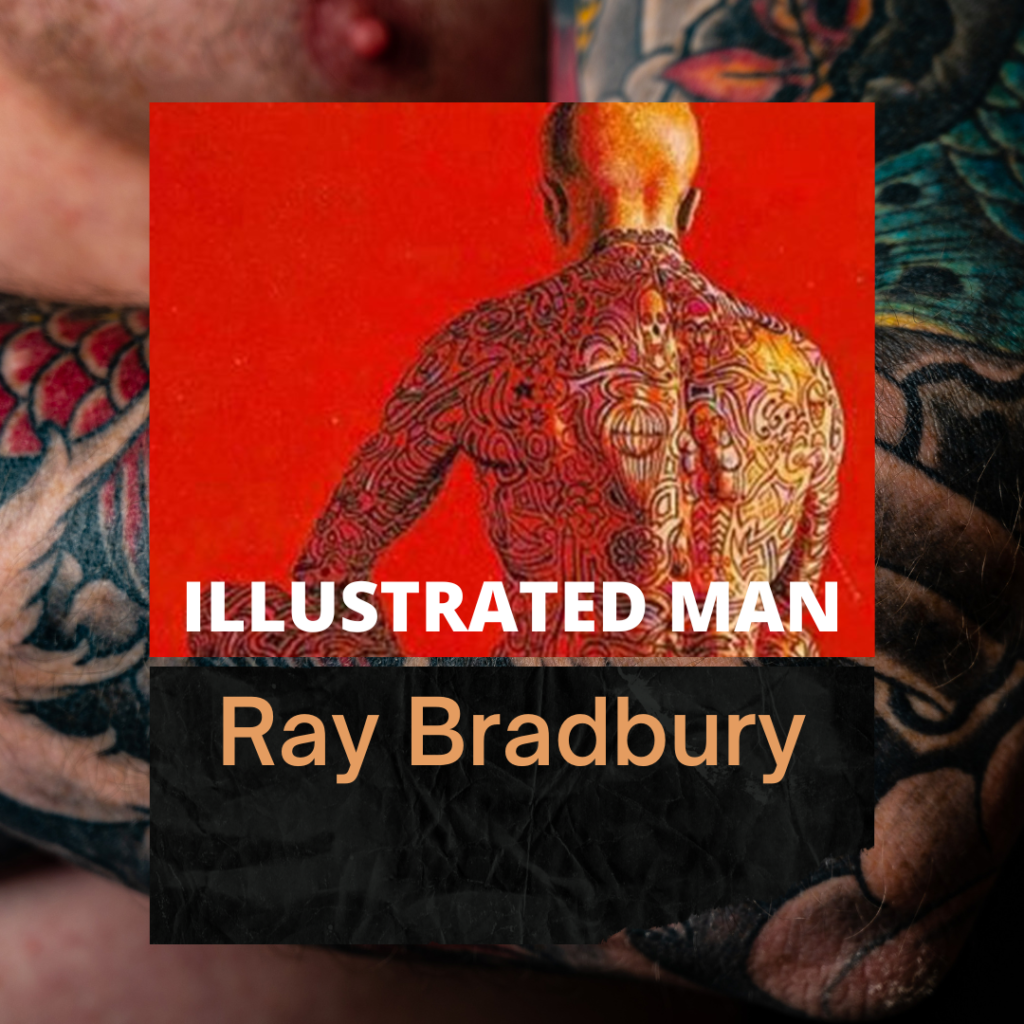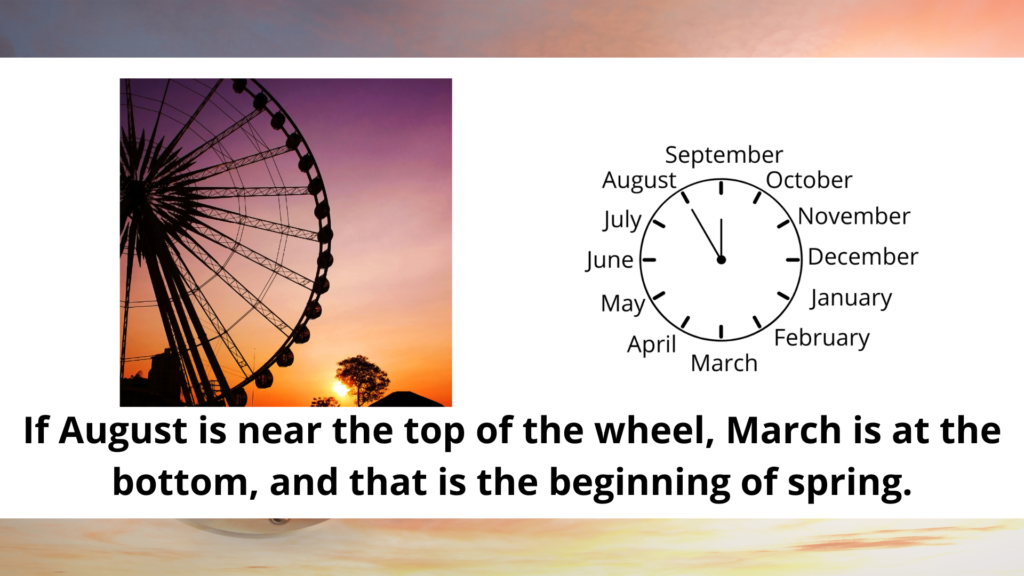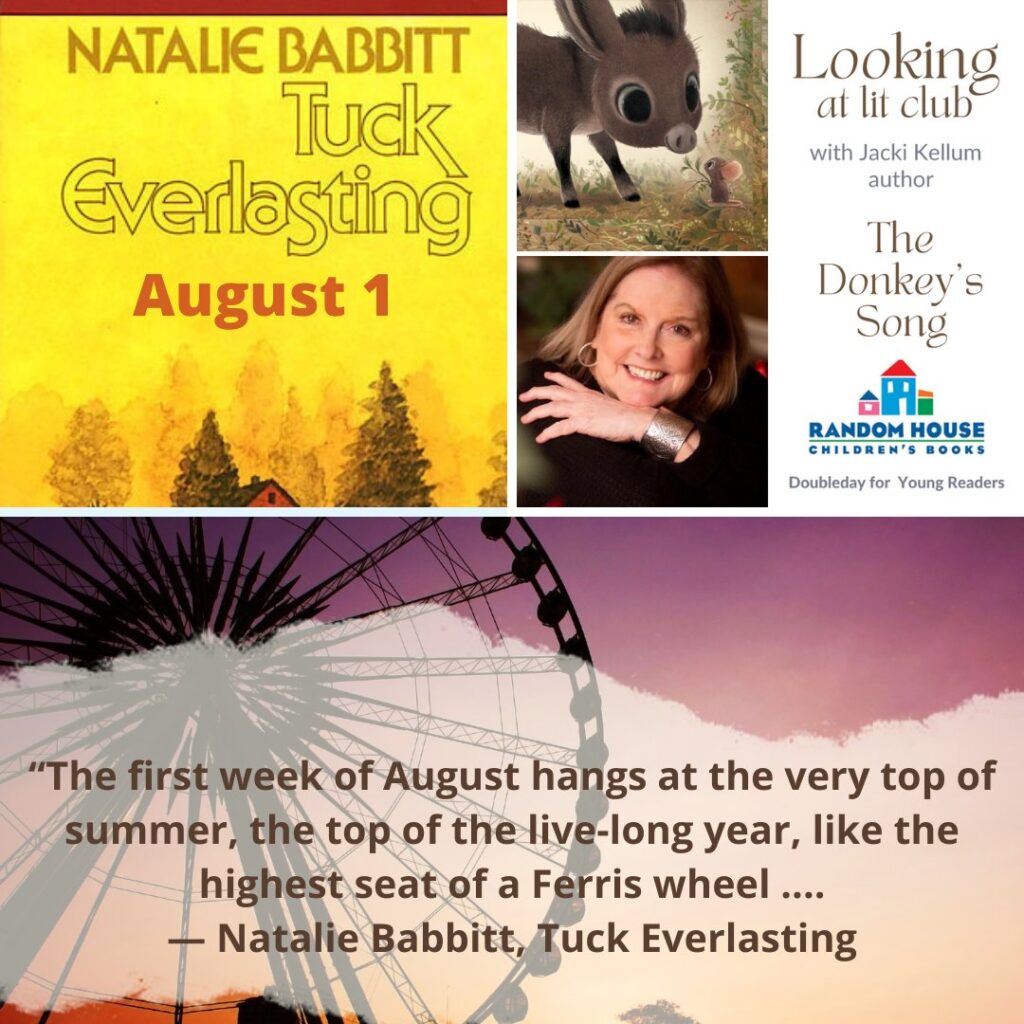In my opinion, EVERY writer should read Ray Bradbury and Mark Twain. Those two guys seem to have born few resemblances. They lived in different periods of time and they wrote differently, but these two guys were alike in that they are masters of words, and if a writer is not a master of words, he needs to study those who are.
“You really have to love words if you’re going to be a writer, because as a writer, you certainly spend a lot of time with words.”
― Natalie Babbitt, Tuck Everlasting
Like Babbitt in Tuck Everlasting, Bradbury wrote about parallel universes, and he did so with flawless writing. His book Illustrated Man has several bits of exemplary writing, and that is why I like to recommend his books. I am usually not thrilled when I read about Martians and aliens, and Ray Bradbury also wrote a lot about them. After all, he is called the Father of Science Fiction. But Ray Bradbury writes about conditions and feelings that are universal, and he does so masterfully.
 The very structure of Illustrated Man is remarkable. The Illustrated Man is a story that contains several other stories within that story. The Veldt is one of the Illustrated Man’s stories.
The very structure of Illustrated Man is remarkable. The Illustrated Man is a story that contains several other stories within that story. The Veldt is one of the Illustrated Man’s stories.
The larger story that encompasses all of the other stories within it begins in The Prologue to the Illustrated Man. Here is that Prologue.
PROLOGUE: The Illustrated Man
by Ray Bradbury
You can purchase Illustrated Man on Amazon or read it free on Amazon Prime
IT was a warm afternoon in early September when I first met the Illustrated Man. Walking along an asphalt road, I was on the final leg of a two weeks’ walking tour of Wisconsin. I stopped, ate some pork, beans, and a doughnut, and was preparing to stretch out and read when the Illustrated Man walked over the hill and stood for a moment against the sky.
I stopped, ate some pork, beans, and a doughnut, and was preparing to stretch out and read when the Illustrated Man walked over the hill and stood for a moment against the sky.
I didn’t know he was Illustrated then. I only knew that he was tall, once well muscled, but now, for some reason, going to fat. I recall that his arms were long, and the hands thick, but that his face was like a child’s, set upon a massive body.
He seemed only to sense my presence, for he didn’t look directly at me when he spoke his first words:
“Do you know where I can find a job?”
“I’m afraid not,” I said.
“I haven’t had a job that’s lasted in forty years,” he said.
Though it was a hot late afternoon, he wore his wool shirt buttoned tight about his neck. His sleeves were rolled and buttoned down over his thick wrists. Perspiration was streaming from his face, yet he made no move to open his shirt.
“Well,” he said at last, “this is as good a place as any to spend the night. Do you mind company?”
“I have some extra food you’d be welcome to,” I said.
He sat down heavily, grunting. “You’ll be sorry you asked me to stay,” he said. “Everyone always is. That’s why I’m walking. Here it is, early September, the cream of the Labor Day carnival season. I should be making money hand over fist at any small town side show celebration, but here I am with no prospects.”
He took off an immense shoe and peered at it closely. “I usually keep a job about ten days. Then something happens and they fire me. By now every carnival in America won’t touch me with a ten-foot pole.”
“What seems to be the trouble?” I asked.
For answer, he unbuttoned his tight collar, slowly. With his eyes shut, he put a slow hand to the task of unbuttoning his shirt all the way down. He slipped his fingers in to feel his chest. “Funny,” he said, eyes still shut. “You can’t feel them but they’re there. I always hope that someday I’ll look and they’ll be gone. I walk in the sun for hours on the hottest days, baking, and hope that my sweat’ll wash them off, the sun’ll cook them off, but at sundown they’re still there.”
He turned his head slightly toward me and exposed his chest. “Are they still there now?”
After a long while I exhaled. “Yes,” I said. “They’re still there.”
The Illustrations.
“Another reason I keep my collar buttoned up,” he said, opening his eyes, “is the children. They follow me along country roads. Everyone wants to see the pictures, and yet nobody wants to see them.”
He took his shirt off and wadded it in his hands. He was covered with Illustrations from the blue tattooed ring about his neck to his belt line.
“It keeps right on going,” he said, guessing my thought. “All of me is Illustrated. Look.” He opened his hand. On his palm was a rose, freshly cut, with drops of crystal water among the soft pink petals. I put my hand out to touch it, but it was only an Illustration.
As for the rest of him, I cannot say how I sat and stared, for he was a riot of rockets and fountains and people, in such intricate detail and color that you could hear the voices murmuring small and muted, from the crowds that inhabited his body. When his flesh twitched, the tiny mouths flickered, the tiny green-and-gold eyes winked, the tiny pink hands gestured.
There were yellow meadows and blue rivers and mountains and stars and suns and planets spread in a Milky Way across his chest. The people themselves were in twenty or more odd groups upon his arms, shoulders, back, sides, and wrists, as well as on the flat of his stomach. You found them in forests of hair, lurking among a constellation of freckles, or peering from armpit caverns, diamond eyes aglitter. Each seemed intent upon his own activity; each was a separate gallery portrait.
“Why, they’re beautiful!” I said.
How can I explain about his Illustrations? If El Greco had painted miniatures in his prime, no bigger than your hand, infinitely detailed, with all his sulphurous color, elongation, and anatomy, perhaps he might have used this man’s body for his art. The colors burned in three dimensions. They were windows looking in upon fiery reality. Here, gathered on one wall, were all the finest scenes in the universe; the man was a walking treasure gallery.
This wasn’t the work of a cheap carnival tattoo man with three colors and whisky on his breath. This was the accomplishment of a
living genius, vibrant, clear, and beautiful.
“Oh yes,” said the Illustrated Man. “I’m so proud of my Illustrations that I’d like to burn them off. I’ve tried sandpaper, acid, a knife . . .”
The sun was setting. The moon was already up in the East.
“For, you see,” said the Illustrated Man, “these Illustrations predict the future.”
I said nothing.
“It’s all right in sunlight” he went on. “I could keep a carnival day job. But at night—the pictures move. The pictures change.”
I must have smiled. “How long have you been Illustrated?”
“In 1900, when I was twenty years old and working a carnival, I broke my leg. It laid me up; I had to do something to keep my hand in, so I decided to get tattooed.”
“But who tattooed you? What happened to the artist?”
“She went back to the future,” he said. “I mean it. She was an old woman in a little house in the middle of Wisconsin here somewhere not far from this place. A little old witch who looked a thousand years old one moment and twenty years old the next, but she said she could travel in time. I laughed. Now, I know better.”
“How did you happen to meet her?”
He told me. He had seen her painted sign by the road: SKIN ILLUSTRATION! Illustration instead of tattoo! Artistic! So he had sat all night while her magic needles stung him wasp stings and delicate bee stings. By morning he looked like a man who had fallen into a twenty-color print press and been squeezed out, all bright and picturesque.
“I’ve hunted every summer for fifty years,” he said, putting his hands out on the air. “When I find that witch I’m going to kill her.”
The sun was gone. Now the first stars were shining and the moon had brightened the fields of grass and wheat. Still the Illustrated Man’s pictures glowed like charcoals in the half light, like scattered rubies and emeralds, with Rouault colors and Picasso colors and the long, pressed-out El Greco bodies.
“So people fire me when my pictures move. They don’t like it when violent things happen in my Illustrations. Each Illustration is a little story. If you watch them, in a few minutes they tell you a tale. In three hours of looking you could see eighteen or twenty stories acted right on my body, you could hear voices and think thoughts. It’s all here, just waiting for you to look. But most of all, there’s a special spot on my body.” He bared his back. “See? There’s no special design on my right shoulder blade, just a jumble.”
“Yes.”
“When I’ve been around a person long enough, that spot clouds over and fills in. If I’m with awoman, her picture comes there on my back, in an hour, and shows her whole life—how she’ll live, how she’ll die, what she’ll look like when she’s sixty. And if it’s a man, an hour later his picture’s here on my back. It shows him falling off a cliff, or dying under a train. So I’m fired again.”
All the time he had been talking his hands had wandered over the Illustrations, as if to adjust their frames, to brush away dust—the motions of a connoisseur, an art patron. Now he lay back, long and full in the moonlight. It was a warm night. There was no breeze and the air was stifling. We both had our shirts off.
“And you’ve never found the old woman?”
“Never.”
“And you think she came from the future?”
“How else could she know these stories she painted on me?” He shut his eyes tiredly. His voice grew fainter. “Sometimes at night I can feel them, the pictures, like ants, crawling on my skin. Then I know they’re doing what they have to do. I never look at them any more. I just try to rest. I don’t sleep much. Don’t you look at them either, I warn you. Turn the other way when you sleep.”
I lay back a few feet from him. He didn’t seem violent and the pictures were beautiful. Otherwise I might have been tempted to get out and away from such babbling. But the Illustrations . . . I let my eyes fill up on them. Any person would go a little mad with such things upon his body. The night was serene. I could hear the Illustrated Man’s breathing in the moonlight. Crickets were stirring gently in the distant ravines. I lay with my body sidewise so I could watch the Illustrations. Perhaps half an hour passed. Whether the Illustrated Man slept I could not tell, but suddenly I heard him whisper, “They’re moving, aren’t they?”
I waited a minute.
Then I said, “Yes.”
The pictures were moving, each in its turn, each for a brief minute or two. There in the moonlight, with the tiny tinkling thoughts and the distant sea voices, it seemed, each little drama was enacted. Whether it took an hour or three hours for the dramas to finish, it would be hard to say. I only know that I lay fascinated and did not move while the stars wheeled in the sky.
Eighteen Illustrations, eighteen tales. I counted them one by one.
Primarily my eyes focused upon a scene, a large house with two people in it. I saw a flight of vultures on a blazing flesh sky, I saw yellow lions, and I heard voices.
The first Illustration quivered and came to life. . . .
“IT was a warm afternoon in early September when I first met the Illustrated Man.”
Like Tuck Everlasting, The Illustrated Man begins near the end of the wheel of life
End of Story by Ray Bradbury.


The Illustrated Man begins in September, which is even farther along life’s wheel of time than August.
The story also begins during the late afternoon, but quickly progresses into night. Night is a major theme in literature, and again, on the wheel of life, late afternoon is a time that approaches night.
“The sun was setting. The moon was already up in the East.”
“….he wore his wool shirt buttoned tight about his neck….”
I believe that the Illustrated Man’s shirt is a symbol. He keeps it buttoned tight around his neck [where his voice box is located]. Notice how he loosens his shirt as he begins to tell his stories. He is literally opening up.
“With his eyes shut, he put a slow hand to the task of unbuttoning his shirt all the way down. He slipped his fingers in to feel his chest.”
Bradbury uses literary themes and symbols skillfully, but beyond that, his use of words is masterful:
“All of me is Illustrated. Look.” He opened his hand. On his palm was a rose, freshly cut, with drops of crystal water among the soft pink petals. I put my hand out to touch it, but it was only an Illustration.
As for the rest of him, I cannot say how I sat and stared, for he was a riot of rockets and fountains and people, in such intricate detail and color that you could hear the voices murmuring small and muted, from the crowds that inhabited his body. When his flesh twitched, the tiny mouths flickered, the tiny green-and-gold eyes winked, the tiny pink hands gestured.
There were yellow meadows and blue rivers and mountains and stars and suns and planets spread in a Milky Way across his chest. The people themselves were in twenty or more odd groups upon his arms, shoulders, back, sides, and wrists, as well as on the flat of his stomach. You found them in forests of hair, lurking among a constellation of freckles, or peering from armpit caverns, diamond eyes aglitter. Each seemed intent upon his own activity; each was a separate gallery portrait.